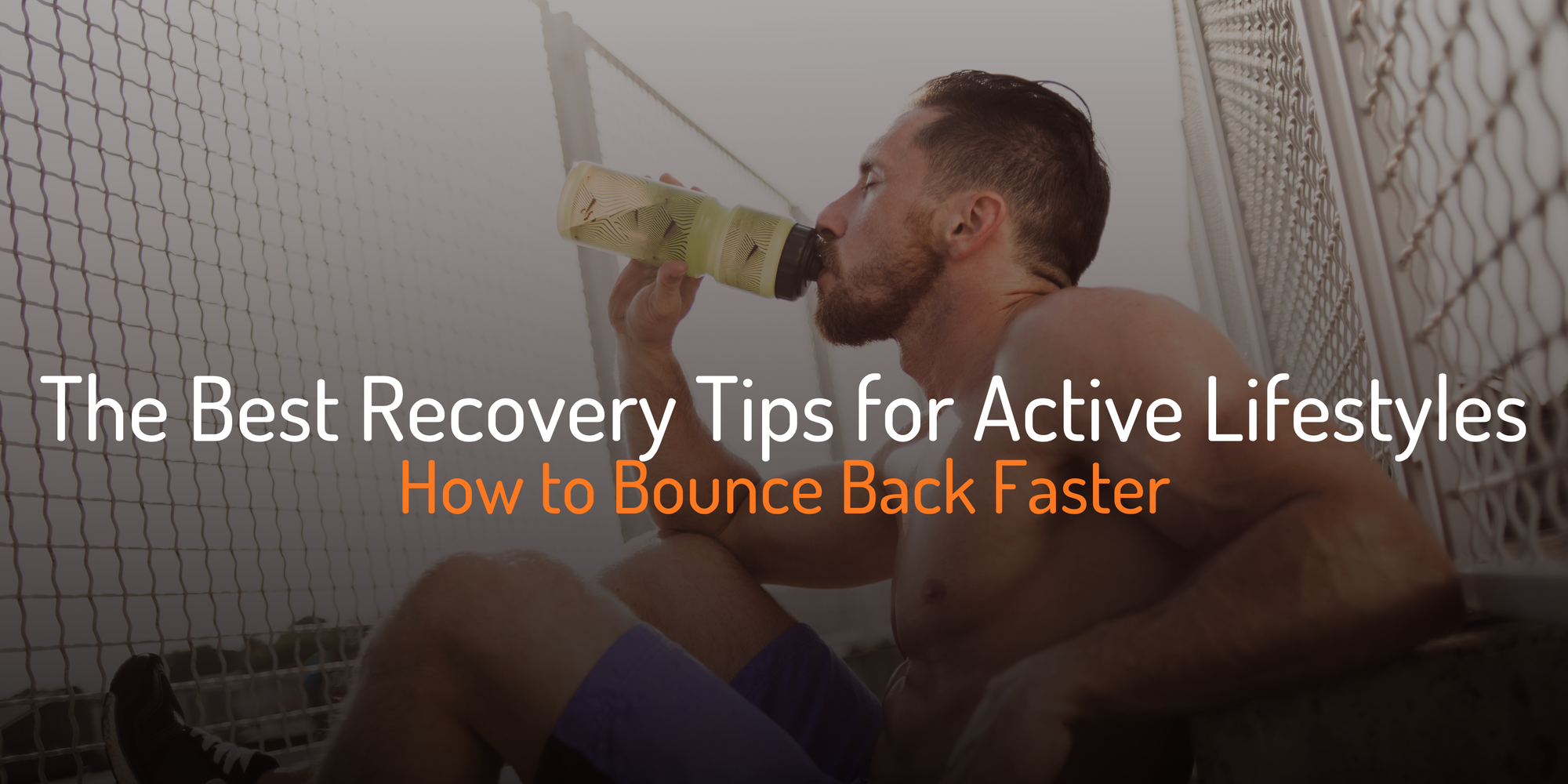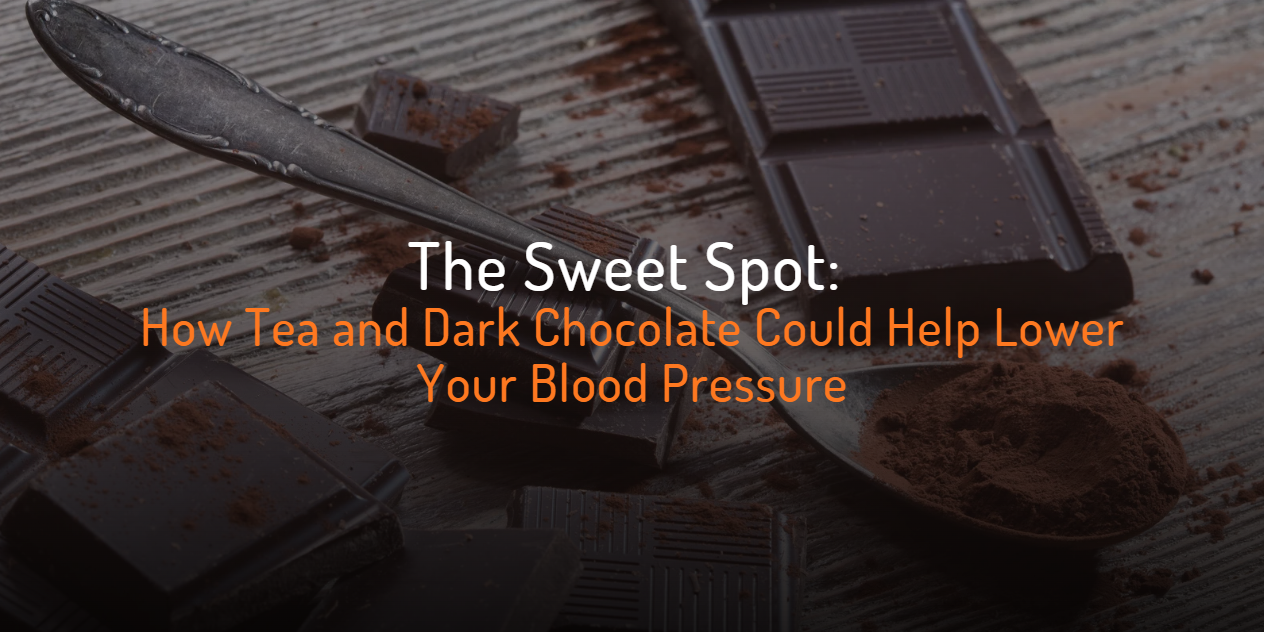

Chanel Willemse
General Manager
25 March, 2025
You’ve smashed your workout – nailed a personal best, survived your first spin class, or conquered that couch-to-5K run. But now? Your legs feel like jelly, your energy’s hit rock bottom, and the idea of doing it all again tomorrow? Absolutely not.
Recovery is where the real magic happens – when your body repairs, rebuilds, and prepares to come back stronger. Skip it, and you’re not just signing up for extra soreness; you’re increasing your chances of burnout and injury. Let’s dive into the tips that’ll help you recover like a pro (or at least like someone who doesn’t hobble around after every leg day).
Why Recovery Deserves Centre Stage
Think of your body as a high-performance sports car. Every workout burns fuel, wears down the tires, and pushes the engine to its limits. Recovery is your pit stop – essential for refueling, repairing, and ensuring everything’s running smoothly before you hit the road again.
But recovery isn’t just about resting sore muscles. It’s a dynamic process that rebuilds, replenishes, and prepares your body for the next challenge. Here’s how it works:
-
Muscle Protein Synthesis (MPS): Every squat, sprint, or push-up creates tiny tears in your muscle fibers. During recovery, your body repairs these tears through a process called muscle protein synthesis, building muscles back stronger. Without sufficient recovery time and protein intake, this repair process can stall, leaving you weaker instead of stronger.
-
Glycogen Replenishment: Glycogen is your body’s main fuel source during exercise, stored in your muscles and liver. Intense or prolonged activity depletes these stores, leaving you feeling fatigued. If you don’t replenish glycogen with carbohydrate-rich foods, your performance in future workouts can suffer, and you may even increase your risk of overtraining syndrome.
-
Inflammation Reduction: Strenuous exercise triggers inflammation, which is a natural part of recovery. However, chronic or unchecked inflammation can lead to stiffness, soreness, and even long-term injuries. Strategies like proper hydration, omega-3 supplementation, and stretching can help reduce inflammation effectively.
Why It Matters
Research underscores how critical recovery is for both performance and injury prevention. Prioritising recovery doesn’t just help you feel better—it ensures you can keep progressing without setbacks.
Still thinking recovery is optional? Let’s give it the VIP treatment it deserves, so you can train smarter, not just harder.
👉 Want to learn more about building strong recovery habits? Check out 6 Best Practices for Injury Prevention for more tips!
Top Recovery Tips for Active Lifestyles
1. Rehydrate Like You Mean It
Sweating isn’t just about losing water – you’re also losing electrolytes, the essential minerals that keep your body functioning smoothly. Rehydrating is step one in bouncing back after exercise.
Step It Up: For light workouts, water is fine. For intense sessions, add electrolytes to replace what you’ve lost.
DIY Tip: A squeeze of lemon and a pinch of salt in your water can work wonders (and it tastes way better than plain old H2O).
2. Refuel with the Right Nutrients
Your body’s worked hard – it needs the right fuel to repair and rebuild. Here’s what to focus on:
Protein: For muscle recovery. Think eggs, chicken, or a quality protein shake.
Carbs: To replenish energy stores (yes, carbs are your friend!). Go for sweet potatoes, oats, or fruits.
Healthy Fats: Like avocado or nuts, to support overall recovery.
Timing matters too – aim to eat within 30 minutes of your workout for maximum benefit.
3. Stretch it Out
No, we’re not talking about contorting yourself into a pretzel. A gentle post-workout stretch can improve flexibility, reduce soreness, and keep you moving pain-free. Plus, it’s a great way to unwind after an intense session.
4. Prioritise Sleep
If recovery is the goal, sleep is your secret weapon. It’s when your body does most of its repairing and rebuilding. Aim for 7-9 hours of quality sleep per night – and yes, that means putting your phone down before bed.
Deep sleep is the phase where your body releases growth hormone – essential for muscle repair and fat burning. If you’re struggling to get quality sleep, try reducing screen time an hour before bed or consider a magnesium supplement to promote relaxation.
Fun fact: Magnesium-rich foods (like spinach or almonds) or a personalised supplement can help improve sleep quality.
5. Don’t Skip the Rest Days
We know – the hustle mentality says, “No pain, no gain!” But taking regular rest days isn’t slacking off; it’s smart. Rest days give your muscles time to rebuild stronger, so you can hit your next workout harder.
6. Ice, Heat, or Both?
Feeling extra sore? Try alternating between ice and heat therapy. Ice reduces inflammation, while heat improves circulation and relaxes tight muscles. (Pro tip: A warm bath with Epsom salts is practically magic.)
Real-Life Recovery Routines
Recovery doesn’t have to feel like a guessing game. Whether you’ve had a light yoga session or pushed your limits in a marathon, having a tailored recovery plan can make all the difference. Here’s a breakdown of recovery routines based on activity intensity:
Light Workout (e.g., Yoga, Pilates)
Focus on rehydration and providing your body with a gentle nutrient boost.
Hydration: A glass of water or herbal tea.
Snack: A light protein-rich option like a handful of almonds or a boiled egg with fruit.
Intense Strength Training
When your muscles have been pushed to the max, it’s essential to refuel and repair quickly. Timing is key!
Within 30 Minutes Post-Workout: A protein shake with whey or plant-based protein, blended with frozen berries and almond milk.
Meal Example (1–2 Hours Later): Grilled chicken, sweet potato, and steamed broccoli.
Hydration: Water with added electrolytes to replace minerals lost in sweat.
Endurance Workouts (e.g., Running, Cycling)
Endurance sessions deplete glycogen stores significantly, so your body needs a carb-to-protein combo to bounce back.
Within 30 Minutes Post-Workout: A smoothie made with banana, Greek yogurt, and almond butter.
Hydration: Coconut water or a homemade electrolyte drink (e.g., water with a pinch of salt and a squeeze of lemon).
Evening Meal: Grilled salmon, quinoa, and roasted veggies to replenish energy and provide anti-inflammatory benefits.
Before Bed: A magnesium supplement or warm herbal tea to aid relaxation and muscle recovery.
Supplements That Speed Up Recovery
While a balanced diet is your best friend, the right supplements can take your recovery to the next level. Here’s what’s worth considering:
-
Magnesium: Reduces muscle cramps and promotes relaxation.
-
Omega-3s: Fight inflammation and support joint health.
-
Protein Powder: Convenient, easy, and a lifesaver for rebuilding muscles.
-
Electrolytes: Keep your hydration levels on point.
Here’s the kicker: not all supplements are created equal. Tailoring your nutrition to your body’s unique needs can make all the difference.
Why Personalised Nutrition is a Game-Changer
Recovery isn’t one-size-fits-all. Some people bounce back with protein-packed snacks, while others need a magnesium boost to feel their best. That’s where personalised nutrition comes in.
Vitamin Club’s personalised vitamin quiz takes the guesswork out of recovery. With vitamins and supplements tailored to your lifestyle, you can recover faster, feel stronger, and get back to smashing your goals.
Start here: Take the Quiz.
Quick Recovery Hacks You’ll Actually Love
-
Foam Roll Like a Pro: Yes, it hurts – but in a good way. Rolling out tight muscles can improve blood flow and reduce soreness.
-
Upgrade Your Hydration Game: Coconut water or a homemade electrolyte drink adds a tasty twist.
-
Plan Rest Days You’ll Enjoy: Yoga, a light walk, or even Netflix marathons – recovery days don’t have to be boring.
-
Keep It Consistent: Recovery is a marathon, not a sprint. Build good habits, and you’ll feel the difference.
Myth-Busting: Common Recovery Misconceptions
When it comes to recovery, there’s no shortage of myths floating around. Let’s set the record straight and ensure you’re recovering smarter, not harder.
Myth: Soreness Means You Had a Good Workout
Truth: Soreness (or DOMS—Delayed Onset Muscle Soreness) isn’t the ultimate indicator of a great workout. While some soreness is normal, especially when trying new exercises or increasing intensity, it doesn’t always mean progress. Overdoing it can lead to inflammation, fatigue, and even injury. Instead of chasing soreness, focus on consistent, well-rounded training and proper recovery.
Myth: Rest Days Mean Doing Absolutely Nothing
Truth: Rest days don’t have to be about couch-potato mode (unless you really need it!). Active recovery, like a leisurely walk, yoga, or light stretching, can promote blood flow, reduce stiffness, and improve overall recovery. Find activities that help you recharge without pushing your limits.
Myth: Only Protein Matters for Recovery
Truth: Protein is crucial for muscle repair, but it’s only part of the recovery puzzle. Carbohydrates are vital for replenishing glycogen stores, healthy fats help manage inflammation, and hydration is essential for cellular repair. A balanced approach to nutrition ensures your body has all the tools it needs to recover efficiently.
Myth: You Should Always Push Through Soreness
Truth: While light movement can help reduce stiffness, consistently ignoring pain and pushing through soreness could be a red flag. Overtraining or ignoring recovery time increases the risk of injury. Listen to your body—sometimes it’s telling you to rest.
Final Thoughts
Recovery is the unsung hero of fitness. By focusing on hydration, nutrition, rest, and stretching, you’ll feel stronger, avoid injuries, and keep making progress. Remember, fitness is a journey – and recovery is your travel buddy.
Ready to optimise your recovery? Take the first step with Vitamin Club’s personalised quiz and discover the supplements your body actually needs.

